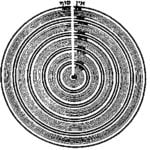
Physics of Tzimtzum I — The Quantum Leap
Introduction “In the beginning G‑d created the heavens and the earth.” (Genesis 1:1) “In the beginning G‑d created the heavens and the earth,” the Torah

Introduction “In the beginning G‑d created the heavens and the earth.” (Genesis 1:1) “In the beginning G‑d created the heavens and the earth,” the Torah

In the beginning, G‑d created the heaven and the earth…[1] (Genesis 1:1) Classical biblical commentators have given the first words of the Torah many

On the Eve of Shabbat, we received a government mailing containing documents that we were required to fill out and send back to the Census

And out of the ground made the Lord G‑d to grow every tree that is pleasant to the sight, and good for food; and the

And the Lord spoke unto Moses, saying: ‘Command the children of Israel, and say unto them: When ye come into the land of Canaan, this
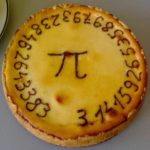
March 14 is celebrated by nerds around the world as the Pi Day. When written in digits, 3/14 represents first three digits of the number
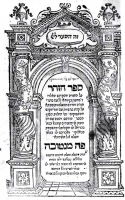
In the six hundredth year of Noah’s life, in the second month, on the seventeenth day of the month… all the fountains of the great
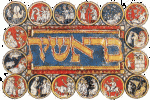
In the last post, Tishrei—Past, Present, and Future, we discussed how all Tishrei holidays – Rosh HaShanah, Yom Kippur, Sukkot, and Simchat Torah – are
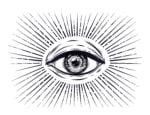
The Torah portion Re’eh, begins with the verse: Behold, I set before you this day a blessing and a curse. (Deut. 11:26) The first word
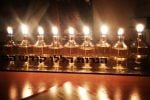
The Talmud (tr. Shabbat) discusses two opinions about the manner in which we are to light Chanukah menorah. According to Hillel, we light the first
This post is a continuation of the earlier post, The End of Days I. In this Torah Portion, Shemot, we read about the encounter between
B’reshit bara Elokim et hashamaim v’et haaretz… In the beginning, G‑d created heaven and earth… Alternative translation: With two beginnings G‑d created heaven and earth…